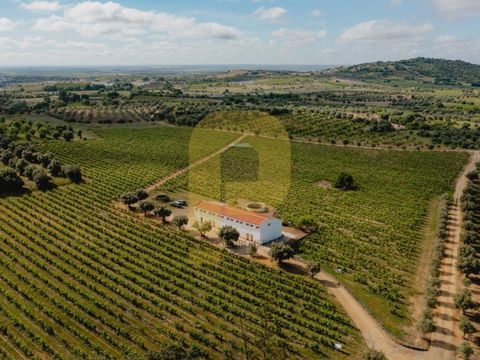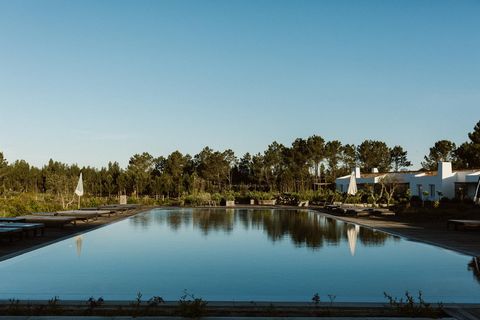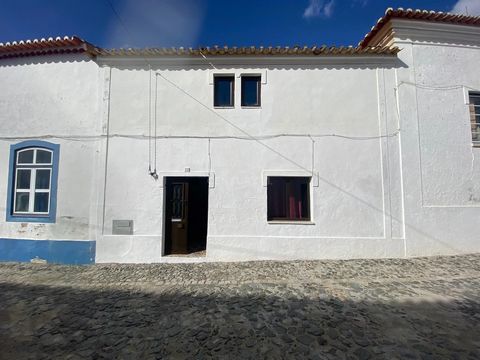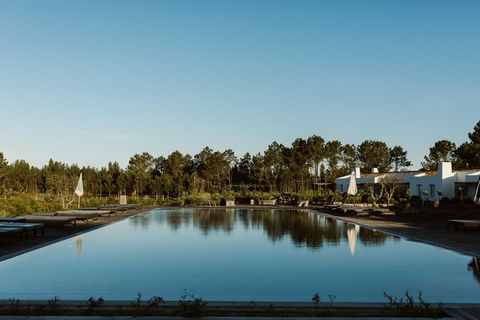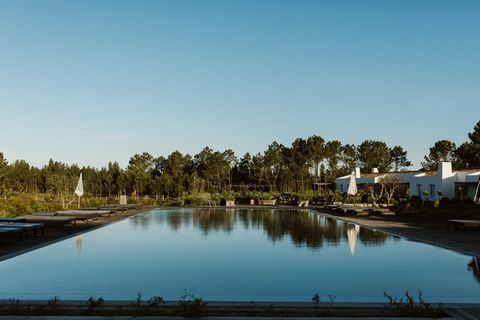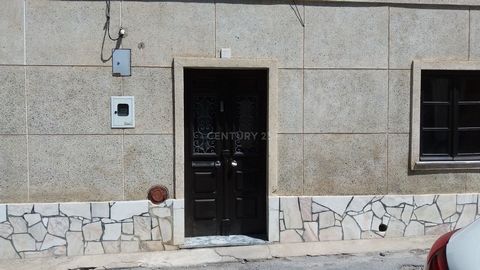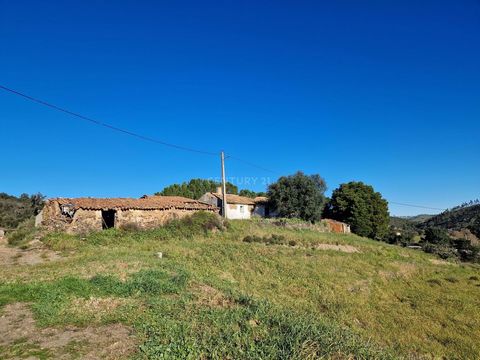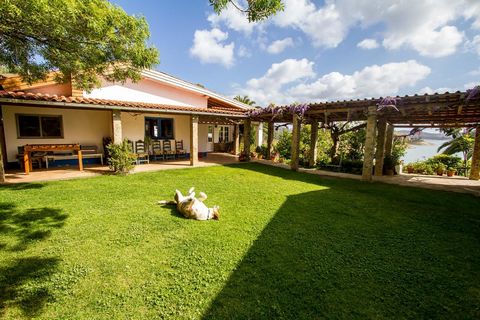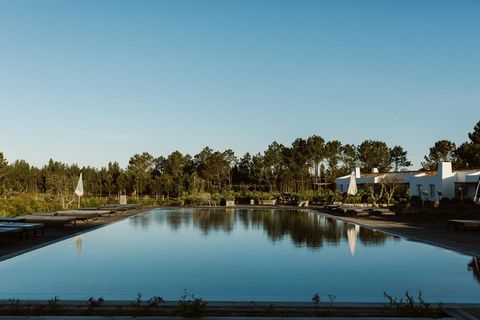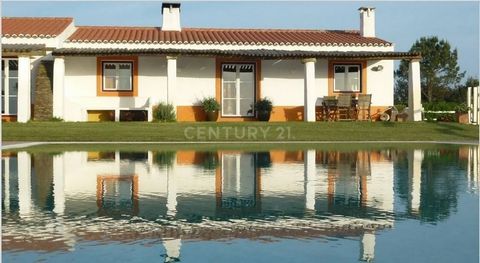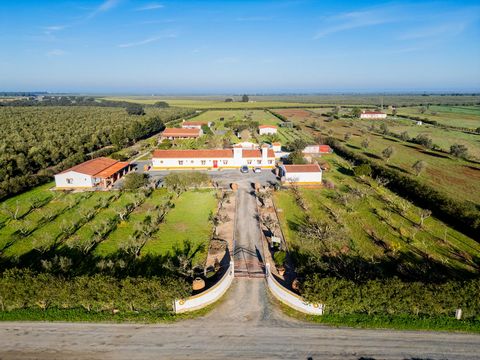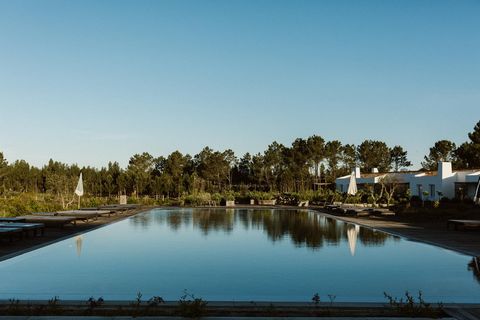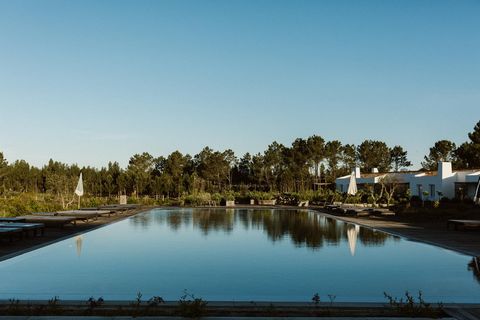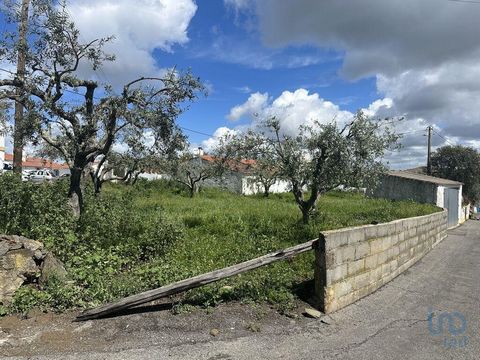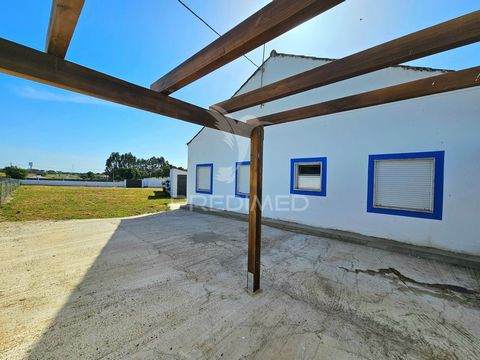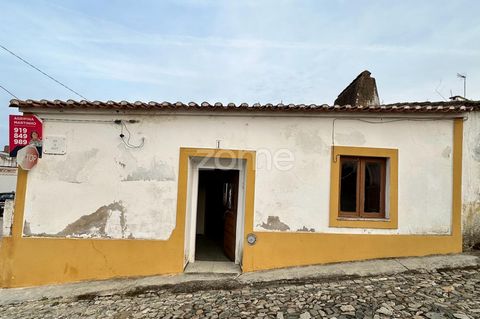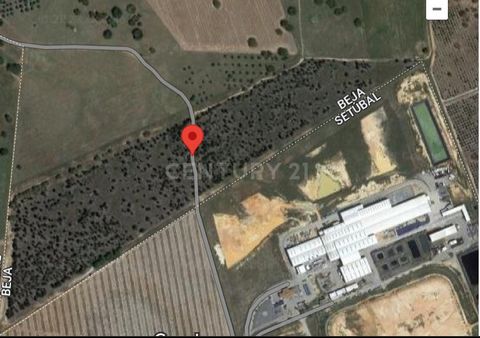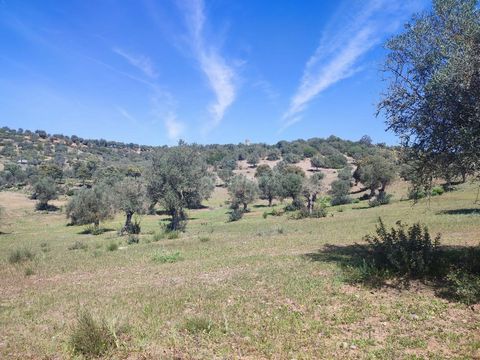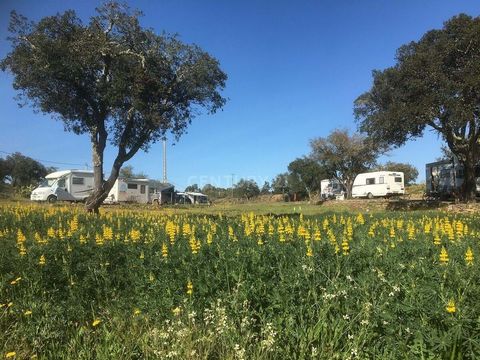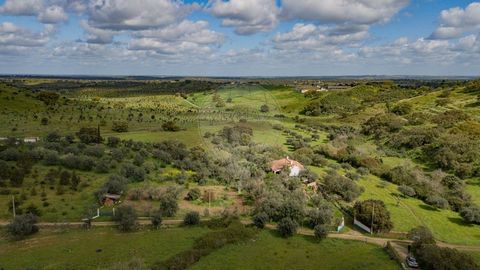This Vineyard is a rural property located in the parish of Vila de Frades, in the municipality of Vidigueira, district of Beja. The property had been abandoned since the 60s and was acquired by the current owners in 1993. After the acquisition, the main efforts were directed to the reconstruction and union of the two main dwellings, which became the residence of the family. In the following five years, from 1994 to 1998, agricultural projects were carried out, including the planting of 2 hectares of citrus, the obtaining of licenses for the planting of 16 hectares of vineyards and the subsequent planting of 4 hectares of olive groves and 5 hectares of vineyards. In the area of citriculture, it grows orange varieties such as 'New Hall' and 'Valencia Late', along with the local indigenous variety called Laranja-Pera. The high-quality oranges are sold to restaurants in Lisbon and are also used in the production of sweets and jams, including the famous Orange Marmelade. The property also has tangerine and lemon trees. In the field of viticulture, several grape varieties were planted, including Trincadeira, Alfrocheiro, Aragonês, Shirah and Alicante Bouschet for the red varieties, and Antão Vaz and Arinto for the white varieties. These grape varieties are widely recognized in the Vidigueira region for the quality of the wines they produce. As for olive growing, the Quinta has 4 hectares of traditional olive groves of the Galician variety, as well as another 4 hectares of new olive groves of the Cobrançosa variety. Some of the oldest olive trees on the property are preserved and are a tourist attraction due to their age and historical importance. In addition to agricultural activities, the property performs various tasks throughout the year, aided by a tractor for various operations, such as distribution of fertilizers, application of disinfectants, cutting of vine branches, earth movement, among others. Quinta das Ratoeiras also has a drip irrigation system throughout the property, using the abundant water available from wells, boreholes and springs. Recently, a winery was built to respond to the production of wines, including the Vinho de Talha, following the Roman technique. The cellar has clay carvings, a stainless steel fermentation vat, equipment and storage tanks. The Quinta has won recognition and awards in wine contests. The property in question covers a vast expanse of land, totaling approximately 44 hectares. In addition, it consists of several buildings of great importance, including a hotel, a wine cellar and the main hill, which is a dwelling house with 400 m2. The main hill has four bedrooms, two suites and two double bedrooms that share a bathroom. This residence provides a spacious and comfortable environment for its residents, offering a unique housing experience. Along with the buildings, the property includes a variety of essential agricultural equipment such as tractors, various implements, clay carvings, stainless steel vats and other items needed for cultivation and winemaking. In addition, the hotel has complete equipment and facilities, providing guests with a comfortable and pleasant stay. An additional highlight is the multiple trademarks registered with the INPI (National Institute of Industrial Property) for the wines produced and marketed on the property. These trademarks represent the recognition of the quality and authenticity of the wines produced in this place. This comprehensive and diverse property offers an ideal environment for both vineyard cultivation and hotel operation, presenting significant potential for those wishing to invest in the agricultural and tourism sector.
